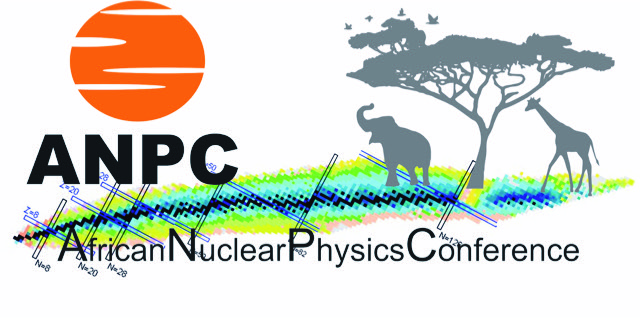Speaker
Description
Neutron capture reactions are of utmost importance for the quantitative understanding of stellar nucleosynthesis and in a number of other significant topics of nuclear astrophysics. The n_TOF facility provides unique possibilities for establishing reliable and accurate data for this class of applications. To address the still open issues in stellar and primordial nucleosynthesis, the n_TOF Collaboration has been carrying out during the course of almost twenty years an ambitious experimental program on nuclear capture reactions with the aim of reducing the uncertainty on cross sections relevant to s-process nucleosynthesis and improve the reliability of astrophysical models. Several high-quality results have been obtained thanks to the innovative features of the neutron beam of the n_TOF facility at CERN, in particular the high resolution in the first experimental area at 200 m flight path and the very high instantaneous neutron flux, very convenient in particular for measurements of radioactive isotopes. More recently, the construction of a second experimental area at shorter flight path (20 m) opened the way to very challenging measurements of (n,γ) and (n, charged particle) reactions on isotopes of short half-life, or reactions with very low cross sections, or for isotopes available in a small amount.
After a brief description of the facility and of the detection systems employed in the measurements, the program of the n_TOF Collaboration in Nuclear Astrophysics will be presented in this talk, with particular emphasis on the recent results relevant for stellar nucleosynthesis, stellar neutron sources and primordial nucleosynthesis.

